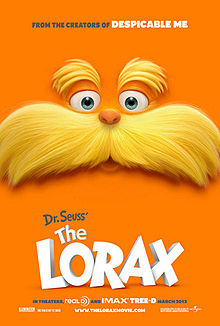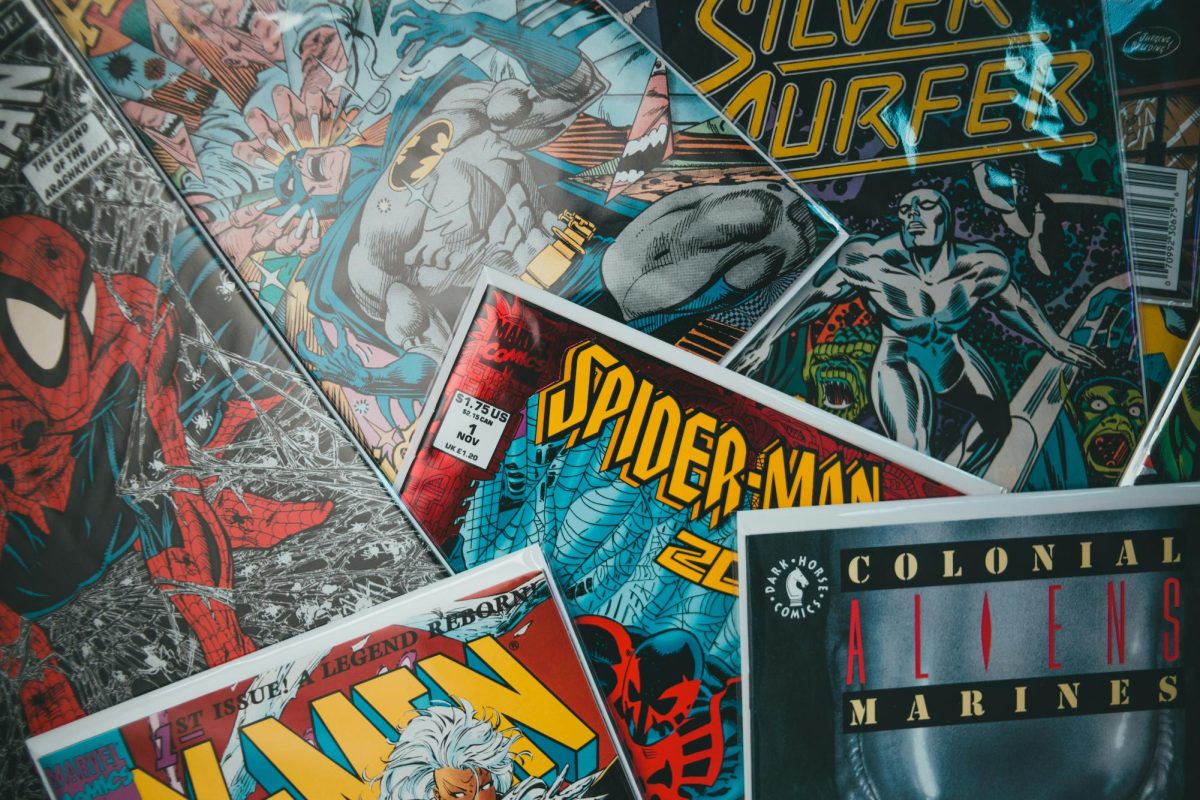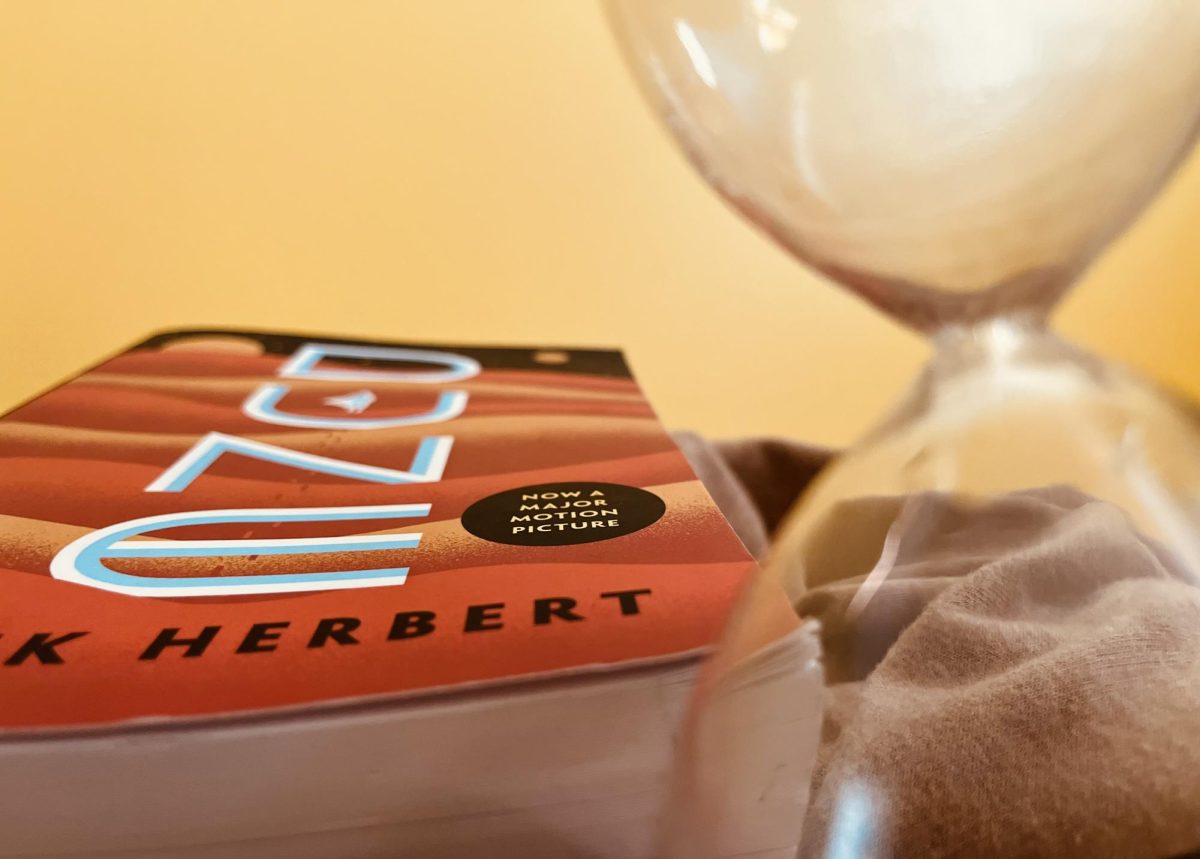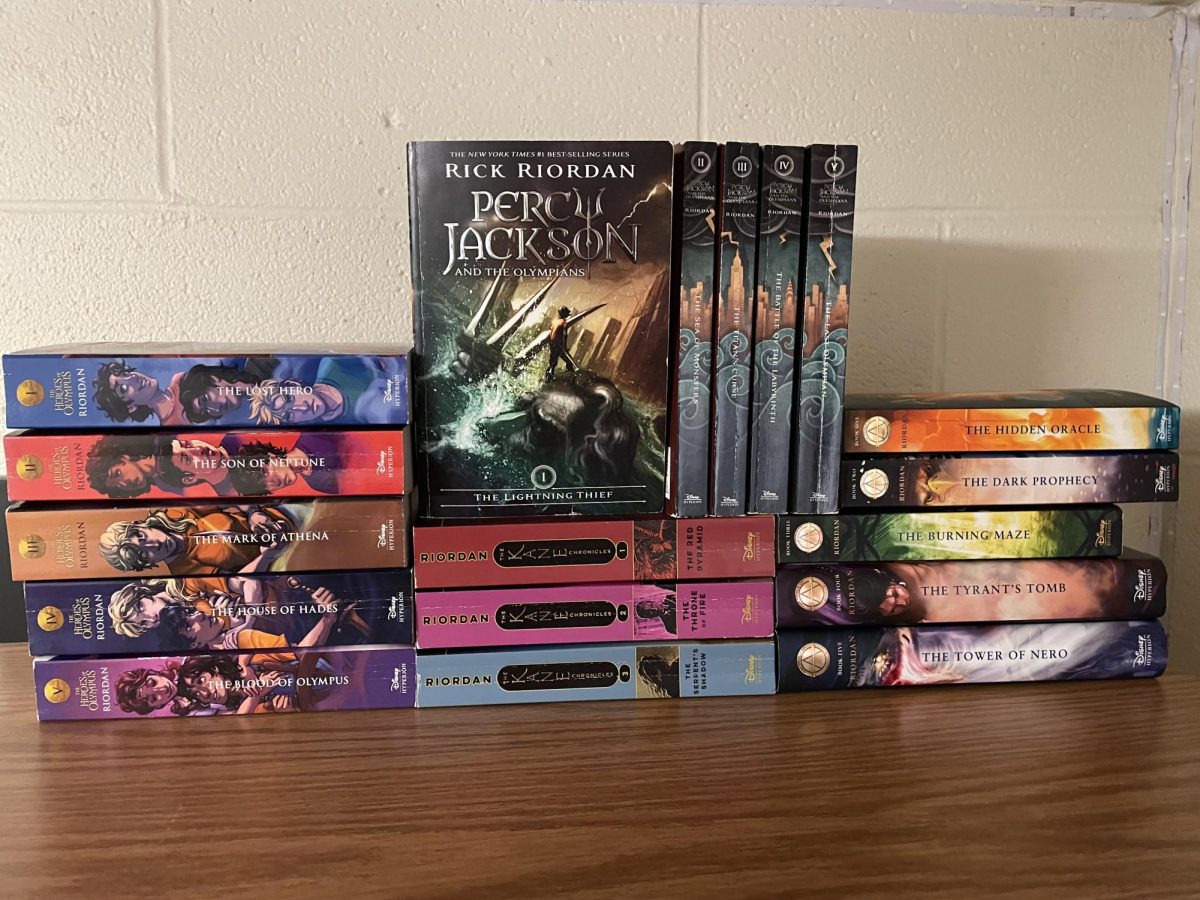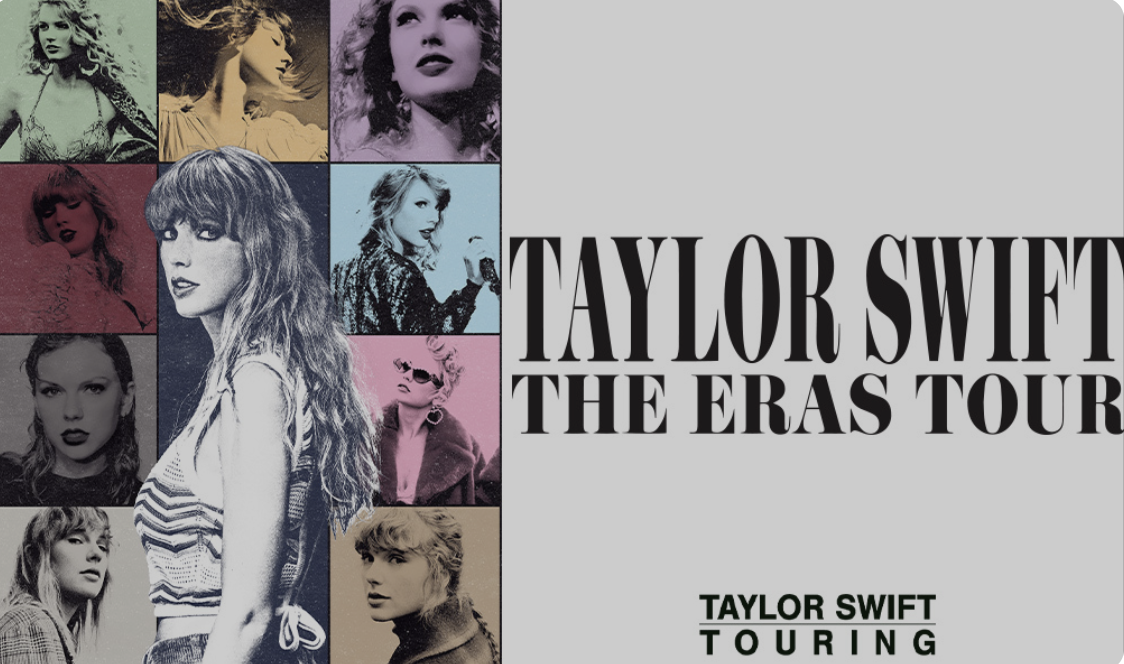By Dagney Palmer
There’s more to your favorite children’s books than you think; Dr. Seuss’ stories have encouraged thousands of children to take an interest in reading, but Dr. Seuss also loaded his stories with thinly-veiled propaganda.
With the recent release of Dr. Seuss’ The Lorax in theaters across the country (in 3D!!!!) early in March, parents were flocking to the cinema to share a beloved childhood story with a new generation. The hour and twenty minute long animated movie was written by Ken Daurio and based, of course, on the short story by the famous Dr. Seuss, a.k.a. not-an-actual-doctor Theodor Seuss Geisel.
Seuss’ books have sold millions of copies around the world. The colorful creatures and brilliant sing-songy poetry have intrigued children and adults alike for the better part of a century. The Lorax, Seuss’ favorite book, tells the story of a farm boy-turned-entrepreneur trying to make a name for himself who ends up crossing the title character, the Lorax, who “speaks for the trees.”
In case you don’t know the story: the farm boy, known as the Once-ler, decides to chop down a bunch of brightly colored Truffula Trees, which he uses to make thneeds, which have no purpose whatsoever but become very popular. Soon the Once-ler builds a giant factory and begins mass production, but the factory pollutes the forests and ponds, imperils all of the adorable furry creatures, and destroys the Truffula forest, despite the warnings and protests of the Lorax, a mustachioed, bean-shaped gnome.
Though the illustrations and poetry in this book are brilliant, the political messages are vast and one-sided. Published in 1971, the story reflects the emerging social and political movement of the time: the rise of environmentalism and the attack on big business. (The timing of the movie-adaptation was no accident, as we are in the midst of another green wave of “save the earth” hysteria.) Anyways, The Lorax won awards from the Keep America Beautiful campaign, other environmental groups, and folk singer Pete Seeger. The Lorax character became a widely popular symbol for Earth Day celebrations; some say this book even launched the modern environmental movement. Seuss clearly accomplished what he wanted to with the book, having said bluntly, “The Lorax book was intended to be propaganda.”
Unlike most of Seuss’ stories, The Lorax doesn’t have an entirely happy ending; the Lorax fails to protect the trees and furry animals, and the formerly successful thneed-seller goes out of business because he cut down all of the trees. But, a single Truffula seed survives, which is entrusted to a little boy with the solemn final lines, “Plant a new Truffula. Treat it with care. / Give it clean water. And feed it fresh air. / Grow a forest. Protect it from axes that hack. / Then the Lorax and all of his friends may come back.” Seuss said he had a serious motive in The Lorax, that being “to attack what I think are evil things.” Seuss once said, “Every once in a while I get mad. The Lorax came out of [me] being angry.”
The recent movie adaptation tells the same story, but with a more focused attack on business, if that’s possible, and a few catchy musical numbers that could have been written by Al Gore himself. With a celebrity cast and big-budget animation, the movie is ready to entertain – and influence – a whole new generation (in 3D!!!).
